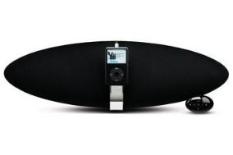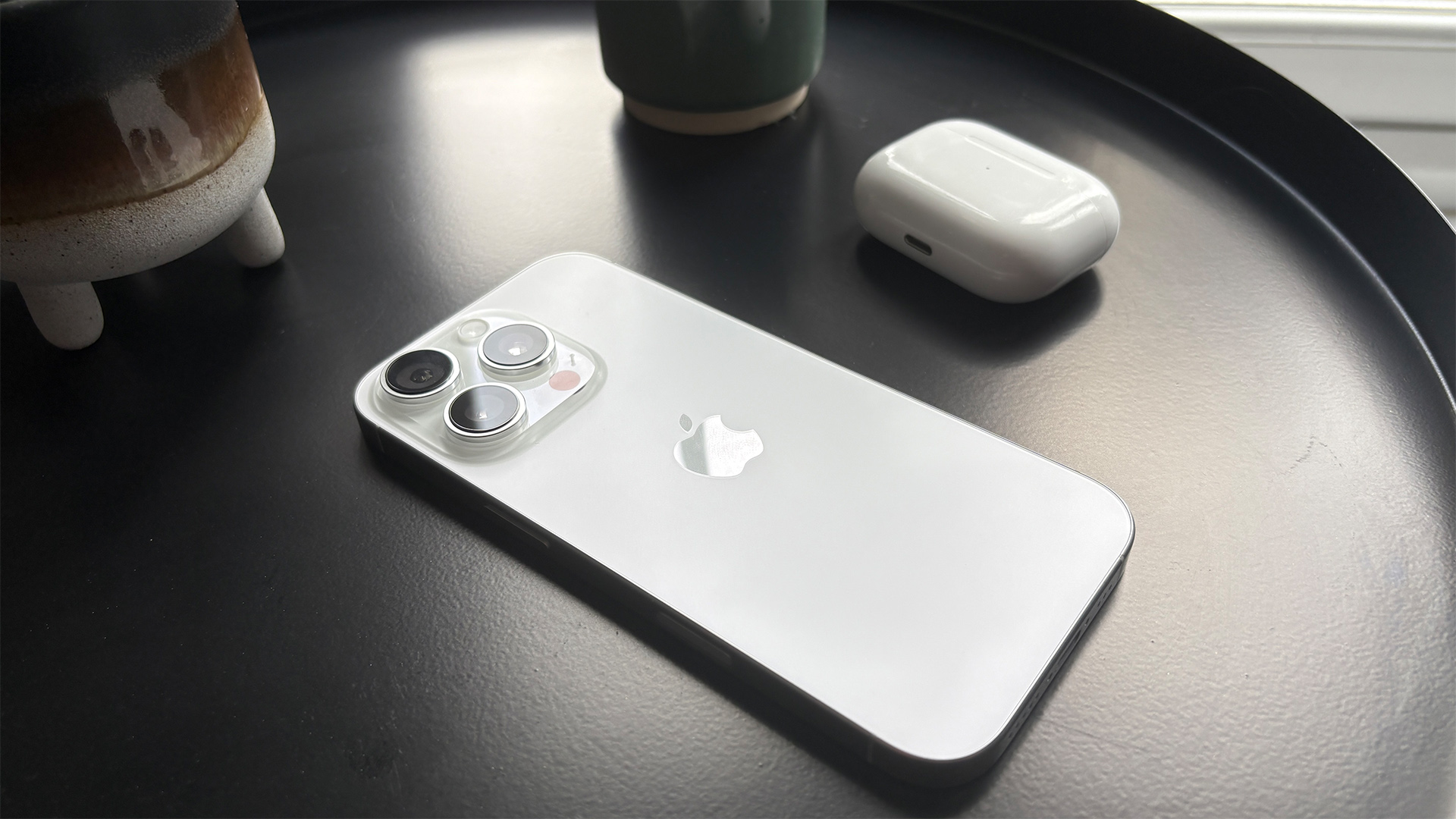What Hi-Fi? Verdict
Still shorthand for aspiration, but (finally) the Zeppelin can be bettered
Pros
- +
Enduring allure of the looks
- +
hefty, detailed and invigorating sound
Cons
- -
Loses a little composure at higher volumes
- -
lacks features
- -
excellent new rivals
Why you can trust What Hi-Fi?
B&W's knack for turning out occasionally iconic products is as enviable as it is admirable.
The PV1 subwoofer, for example: next month's 2010 Awards issue will reveal if it's managed to defend its title for the seventh consecutive time.
And this Zeppelin iPod dock is shaping up similarly. Our first listen to it was back in February 2008, when the idea of a premium-priced iPod dock was still such a novelty it appeared in the Temptations section.
Mains-only muscle
The Zeppelin's an admirably single-minded device: it runs only from the mains, and gestures towards extended functionality only as far as composite and S-Video picture outputs and a 3.5mm input.
The styling makes its 64cm width seem unimposing, its heavy rubber plinth reinforces the impression of quality while providing important isolation, and the basic remote is palm-friendly.
Inside there are aluminium tweeter and glass-fibre midrange drivers derived from the well-regarded M-1 satellite speaker, and a 13cm Kevlar-reinforced subwoofer vented via two rear-firing reflex ports.
Where scale, drive and dynamism are concerned, the Zeppelin's as admirable as it ever was. If it's a substantial, imposing sound you're after you won't go far wrong here: an iTunes-purchased, 256kbps file of Graham Parker & The Rumour's Hey Lord, Don't Ask Me Questions sounds vigorous and exciting.
The B&W handles the choppy tempo deftly, grants Parker's flat London phrasing ample character and nuance, and delivers top-end percussives crisply without threatening to spill into hardness, even at considerable volume.
Burly low frequencies
When volume does touch on ‘considerable', though, the burly low frequencies (which at more modest levels are glossily integrated into the rest of the frequency range) become slightly detached, leaving a little gap between the bottom of the midrange on the top of the bass information that the Zeppelin can't cleanly bridge.
It's a trait that's been thrown into much sharper relief by the quality of the competition assembled here. Otherwise, though, the B&W stands proud against fresh rivals.
Best with higher bitrates
It certainly makes the merits of larger file sizes obvious: a 1411kbps WAV file of LCD Soundsystem's North American Scum is more detailed, open and natural than the compressed equivalent.
It may be a master of the up-tempo, but the B&W also has the dexterity and subtlety to handle spare, minimal recordings without getting bored or being boring.
The B&W Zeppelin retained its top billing for almost three years.
That it has finally been beaten – by another determined British challenger – should not detract from its simple desirability and generally impressive sound. There's life in the old dirigible yet.
See all our dock system Best Buys
Follow whathifi.com on Twitter
What Hi-Fi?, founded in 1976, is the world's leading independent guide to buying and owning hi-fi and home entertainment products. Our comprehensive tests help you buy the very best for your money, with our advice sections giving you step-by-step information on how to get even more from your music and movies. Everything is tested by our dedicated team of in-house reviewers in our custom-built test rooms in London, Reading and Bath. Our coveted five-star rating and Awards are recognised all over the world as the ultimate seal of approval, so you can buy with absolute confidence.


